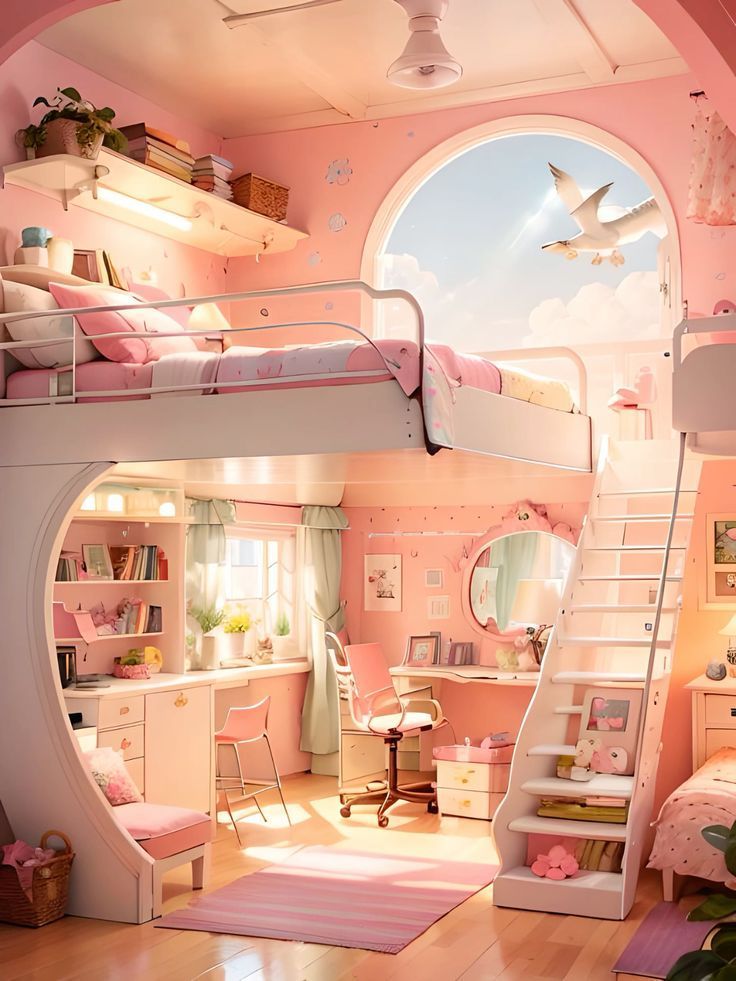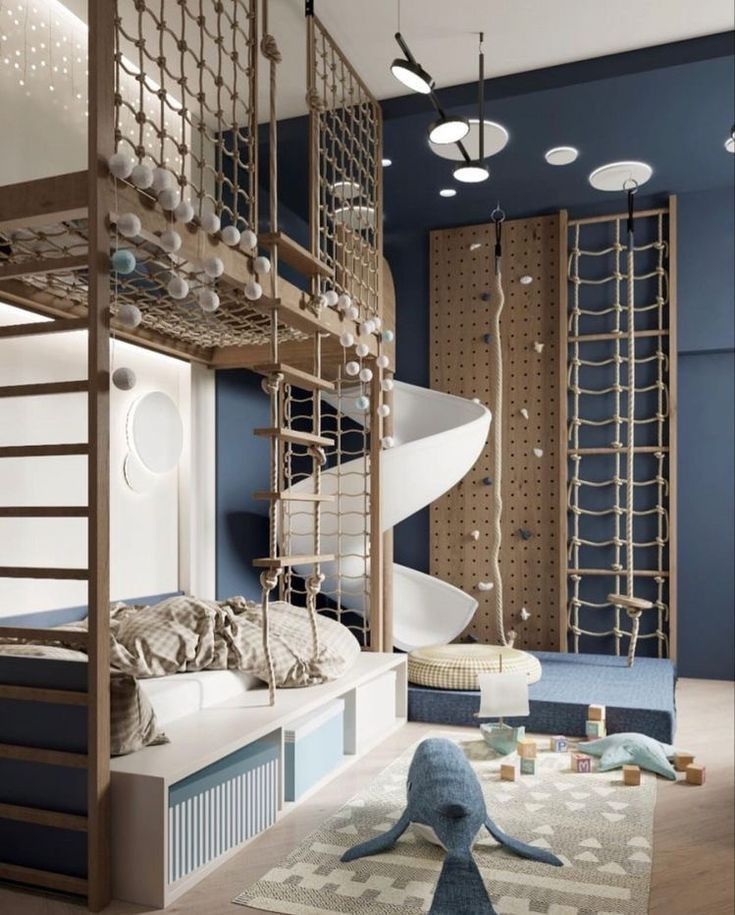
Designing a kid’s room is an exciting and creative process that involves creating a space that is not only functional but also fun and stimulating for children. When designing a kid’s room, it is important to consider their interests and preferences, as well as their age and gender. Many parents opt for themes such as princesses, superheroes, animals, or sports to create a cohesive look that reflects their child’s personality. Additionally, it is essential to choose durable and safe furniture and accessories that can withstand the wear and tear of children’s play and promote a safe environment. Incorporating storage solutions like bins, baskets, and shelves can help keep the room organized and clutter-free. Lighting is another key element in kids’ room design, as it can create a warm and inviting atmosphere. Adding playful elements like colorful rugs, wall decals, and interactive toys can also enhance the overall look and feel of the room. Ultimately, a well-designed kids’ room should be a space where children can play, learn, and relax comfortably.
When it comes to designing a kid’s room, there are numerous factors to consider in order to create a fun, functional, and stylish space. One important aspect is to choose a color scheme that is bright, cheerful, and child-friendly. Incorporating vibrant colors like red, blue, yellow, or pink can help create a lively and energetic atmosphere that will appeal to kids of all ages. Additionally, incorporating whimsical patterns and prints on bedding, curtains, and rugs can add a playful element to the room.
Another essential element of kids’ room design is to create functional storage solutions that help keep the space organized and clutter-free. Investing in a combination of open shelving, baskets, bins, and toy chests can help kids easily access and put away their belongings, while also teaching them valuable organizational skills. Additionally, incorporating multipurpose furniture like bunk beds with built-in storage or a desk with drawers can help maximize space and provide versatile options for play and study.
Furthermore, incorporating fun and interactive elements into the room design can help stimulate creativity and imagination in children. Consider adding a chalkboard wall for drawing and doodling, a tent or teepee for imaginative play, or a cozy reading nook with floor cushions and a mini library. These unique touches can help make the room a special and inviting place for kids to spend time playing, learning, and relaxing. By carefully considering color, storage, and interactive elements, parents can create a kid’s room that is not only visually appealing but also practical and inspiring for their little ones.
 Decoration Ideas
Decoration Ideas










